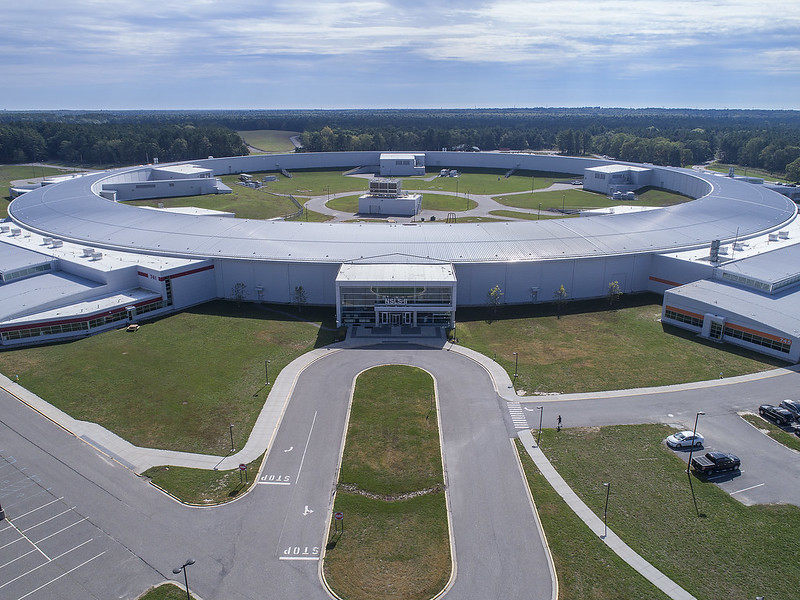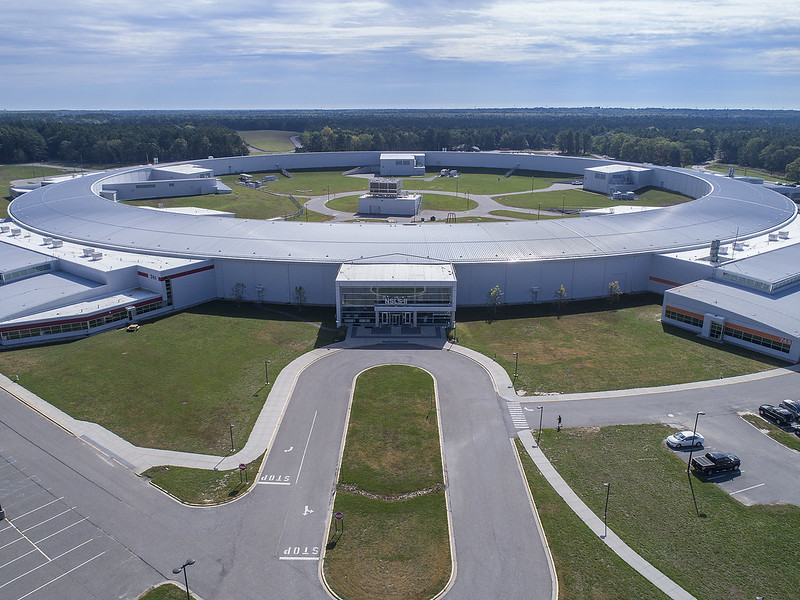Big Labs Replace Data Taking with New Priorities
Despite being stuck at home, John Hill has never been busier. As the director of Brookhaven National Laboratory’s National Synchrotron Light Source II (NSLS-II)—a state-of-the-art x-ray facility in New York—Hill spent the middle of March rapidly ramping down experiments in response to the COVID-19 pandemic. As of midday March 23rd, only two of the 28 beamlines at NSLS-II remained operational, and only a handful of staff were onsite.
Like many large facilities, NSLS-II shut its doors to comply with government guidelines and to keep staff safe and healthy. These rapid closures have, in some cases, brought experiments to a grinding halt—LIGO in the US and Virgo in Italy both stopped their search for gravitational-wave signals on Friday, more than a month earlier than they’d planned before the pandemic. At other places, such as CERN in Switzerland, where detectors were already off, long-awaited upgrades are now on indefinite hold.
The scientists in charge of major experiments are now scrambling to rethink the next few months. And even though most researchers from these facilities are housebound, they are still hard at work. Most have switched their attention to data analysis, paper writing, and software development, interspersed with virtual meetings. A small number of others remain onsite, busy with an unexpected focus: new experiments to understand the virus that causes COVID-19.
“The last three weeks have been nonstop planning,” says David Reitze, the director of LIGO, who spoke from his home in California. “We had to react very quickly.” Reitze has been in daily meetings with his LIGO and Virgo colleagues to implement remote working procedures for its 1300 international team members, who are used to frequent in-person meetings. Until Friday, LIGO had kept a skeleton crew running its two detectors, but the collaboration decided to turn the detectors off. Reitze says it was sad to end early, but he wanted to keep the staff safe.
In addition to making contingency plans, researchers are busy replacing their usual in-person meetings with virtual ones. LIGO and Virgo canceled their biannual conference, scheduled for March 16th at Lake Geneva in Wisconsin. “The risk of becoming a central spreader of the disease just didn’t seem like a good idea,” says Patrick Brady, the current spokesperson for the LIGO collaboration. Instead, attendees live-streamed talks, with around 200 people watching the plenary session. “It was a chance to focus on science,” Reitze says. “That brought a bit of normalcy.”
The researchers interviewed for this story say that they expect little to no impact on the scientific output from their institutions—for now. Many places have loads of data to analyze already. The gravitational-wave community has 11 months of data and over 50 events to analyze from the latest observation run. Scientists using Diamond Light Source, a synchrotron in the UK, just finished a cycle of experiments. And CERN has been undergoing upgrades since December 2018, so many of the scientists were already focused on data analysis. “Eighteen months after a shutdown you often get a spike in publications as people write up all the work that they have perhaps fallen behind with,” says Andrew Harrison, the CEO of Diamond.
That said, this shutdown is different from most. LIGO and Virgo expect to submit papers from this run later than initially planned, having added a four-week extension to their writing activities. “Because of the sense of anxiety that many people are feeling, we decided to relax our timelines,” Brady says.
Physics output could be impacted if the shutdowns extend beyond a few months. At CERN, for example, the ongoing instrument and equipment upgrades have been deemed nonessential activities and are now on hiatus. “We had to drop the screwdrivers,” says Giovanni Passaleva, the spokesperson for CERN’s Large Hadron Collider Beauty (LHCb) experiment. Stopping the upgrade could potentially delay LHC’s plan to restart in May 2021. But with no equipment to attend to, Passaleva notes that updates to LHCb’s software are “going faster than before.” And his group is still committed to its daily coffee hour, only now they do it online. “It’s very important that we keep connections with each other,” he says.
In-person interactions are still possible at some labs. At NSLS-II, a handful of scientists are onsite helping researchers from pharmaceutical companies and academia study the crystal structures of synthetic versions of proteins found in the virus that causes COVID-19. Their goal is to use this information to develop drugs for treating those infected with the disease, Hill says. Similar experiments are ongoing at the Advanced Photon Source at Argonne National Laboratory, Illinois, and will start tomorrow at two beamlines at Diamond, which as of Friday had received a dozen applications for experiments to study the proteins in the virus.
Hill says it’s good for NSLS-II that it can continue to contribute. “We don’t feel we are sitting powerless, watching this disease come—we are actively trying to fight it.” Harrison echoes this sentiment, saying he is pleased that basic science is considered essential work and that Diamond can contribute in the effort to understand the new disease. “It’s very positive that governments are engaging [with scientists],” he says. He also thinks the situation has forced scientists to refocus their priorities. “The things you thought were important just completely change,” he says.
–Katherine Wright
Katherine Wright is a Senior Editor for Physics.





